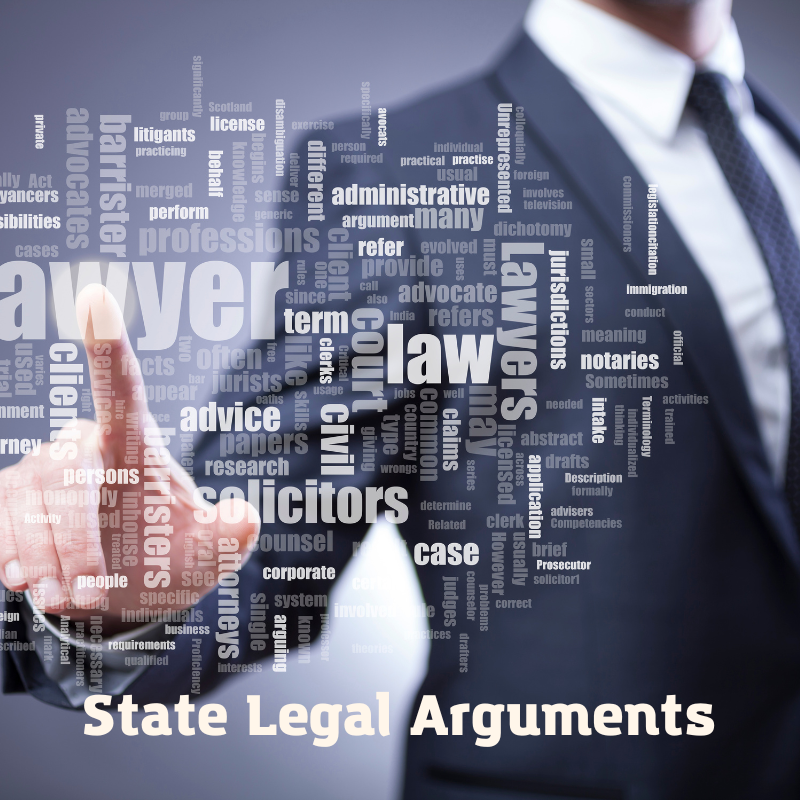(625 words)
This is another case where the state wants 18, 19, and 20-year-olds to be excluded from The People for Second Amendment purposes, while still treating them as full on adults for other government needs.
Age-restrictions like Minnesota’s are part of the American tradition of gun regulation going back to both the founding and reconstruction eras. In passing the statute, Minnesota recognized the “fundamental, individual right to keep and bear arms” guaranteed by the Second Amendment. See Minn. Stat. § 624.714, subd. 22.
—
ECF No. 170 - Robert Bevis v. City of Naperville, No. 23-1353 (7th Cir.)The Commissioner submitted two expert reports: one by a constitutional historian, Saul Cornell, Ph.D., regarding the state of the law in the early American history as it relates to guns and people under 21, and one by a professor in empirical legal studies, Professor John J. Donohue, regarding the social science and risk of gun violence from the 18-to-20-year-old age group. App. 53-169; R. Doc. 50-1, at 1, 51. Professor Cornell’s report establishes that during the relevant historical period, people under 21 were minors who existed under total legal authority of their parents and includes an analysis of historical regulations restricting guns in the hands of people under 21.
Id. at 1-50. Professor Donahue’s report establishes that neurobiological and behavioral factors cause 18-to-20-year-olds to comprise the most dangerous and homicidal age group in the United States.
Id. at 51-117. Appellees submitted no expert reports on any issue or rebuttal facts on these issues.
—
Caetano v. Massachusetts, 136 S. Ct. 1027 (2016)I’m not digging through this one, these two paragraphs give us the gist of the appeal.
First, the Appellees (good guys) don’t need to submit any expert reports regarding history and tradition. That is the state’s burden. Nor do they have to “prove” that 18-20 year-olds do or do not “comprise the most dangerous and homicidal age group”.
If they were going to look at who comprises the most dangerous and homicidal groups, you would be hard-pressed not to focus on “the 6% or so that commit more than 50% of all violent crime. Of course, that would be “racist!”
This means that Professor Donahue’s expert opinion as expressed in his report is meaningless. Means-end analysis is not allowed. see —District of Columbia v. Heller, 467 U.S. 837 (2008) and —Mcdonald V. Chicago, 177 L. Ed. 2d 894 (2010).
This means that the state rests their entire argument on the report by Saul Cornell, Ph.D.
It is important to note that Saul is not a lawyer. Why is this significant? Because they are not arguing about facts, they are arguing about the law. If they are arguing about the law and what it means, then you must be admitted as an attorney.
When a normal person writes a brief and submits it as an amicus curiae, they do it through counsel. The state didn’t do that. Instead, they brought this guy in as an “expert”.
I can’t locate his declaration, the appendix they reference is not in ECF and I can’t find it in the original case.
On the other hand, I spent a few painful hours, about 10 minutes in total, reading and listening to him.
He is well-spoken, the same way Marx’s writings are to the ignorant.
Regardless, his opinion is not an acceptable supporting argument. The state wants this to become a battle of experts. They bring in their experts to say “guns have always been regulated like X” and we bring in our experts that say “no.” but then have to argue against their expert’s opinion.
At the end of an experts battle, the judge picks one set of experts and says, “you win”.
The actual task of evaluating the law is the judge’s duty. That is literally his job. You will find that most judges are perfectly capable of doing it correctly, when it is not a hot topic.
Conclusion
Another case on its way to the appellate court. They are in the process of setting the date for oral arguments.
Bibliography
Mcdonald V. Chicago, 177 L. Ed. 2d 894 (2010)
Caetano v. Massachusetts, 136 S. Ct. 1027 (2016)
Like this:
Like Loading...



